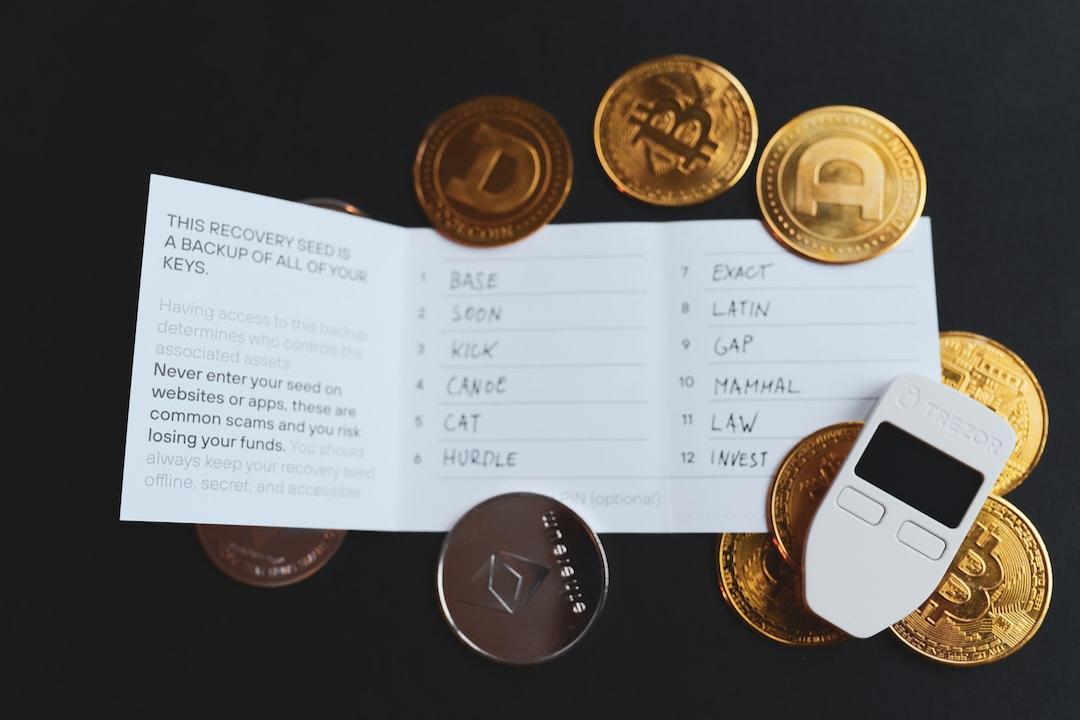Base Faces Backlash After Altcoin Crash
Base, a Layer-2 network supported by US-based cryptocurrency exchange Coinbase, faced significant criticism after backing a coin that plummeted by 95%. The altcoin, dubbed “Base is for everyone,” experienced a rapid surge post-launch but subsequently crashed, only to recover to a market value of approximately $17.4 million. However, the volatility surrounding this coin has led to serious trust erosion within the cryptocurrency community.
Public Reactions Ignite Controversy
On Wednesday, Base shared a post titled “Base is for everyone” on the decentralized social network Zora. As each post on this platform is automatically tokenized, the content was transformed into a coin. Later that day, Base’s official X account shared the post’s visual, linking back to the coin’s page.

Base Altcoin
This post contributed to a swift rise in the altcoin’s market value, exceeding $17 million. However, shortly after, a heavy sell-off occurred, leading to the coin’s value plummeting by approximately 95%, resulting in significant losses. According to Dexscreener data, this decline accounted for a loss of around $15 million, and users labeled the incident as a “pump-and-dump,” accusing Base and Coinbase of indirectly promoting such speculative investments.
Abhishek Pawa, CEO of AP Collective, noted that the crash was initiated by sudden sales from three major wallets holding 47% of the coin’s supply. He also emphasized that Base’s promotion of the coin, due to its connection with publicly traded Coinbase, seriously shook community trust.
Defense from Base and Jesse Pollak Regarding “Contentcoin”
In response to the backlash, Base issued a statement asserting that they did not create the altcoin. A spokesperson clarified that the tokenization of the Zora post was automatic and emphasized that this coin was not an official Base coin and no sales were conducted. The statement further mentioned that there was no direct connection to Base or Coinbase, asserting that the coin should be viewed purely for entertainment and creative purposes.
Base also announced that while 10 million coins out of a total supply of 1 billion were allocated for creative purposes, they would never sell these coins, and any revenues would be donated to projects developing on Base.
Instead of directly addressing the crash, Jesse Pollak and the Base team continued to make posts explaining a concept they termed “contentcoin.” This concept describes an experimental model where each piece of content has its own coin, effectively making the content itself a coin and vice versa.
Pollak stated the necessity of transporting content on-chain, framing public experimentation as part of their vision. However, many users criticized these explanations as inadequate and belated following the substantial losses incurred.


